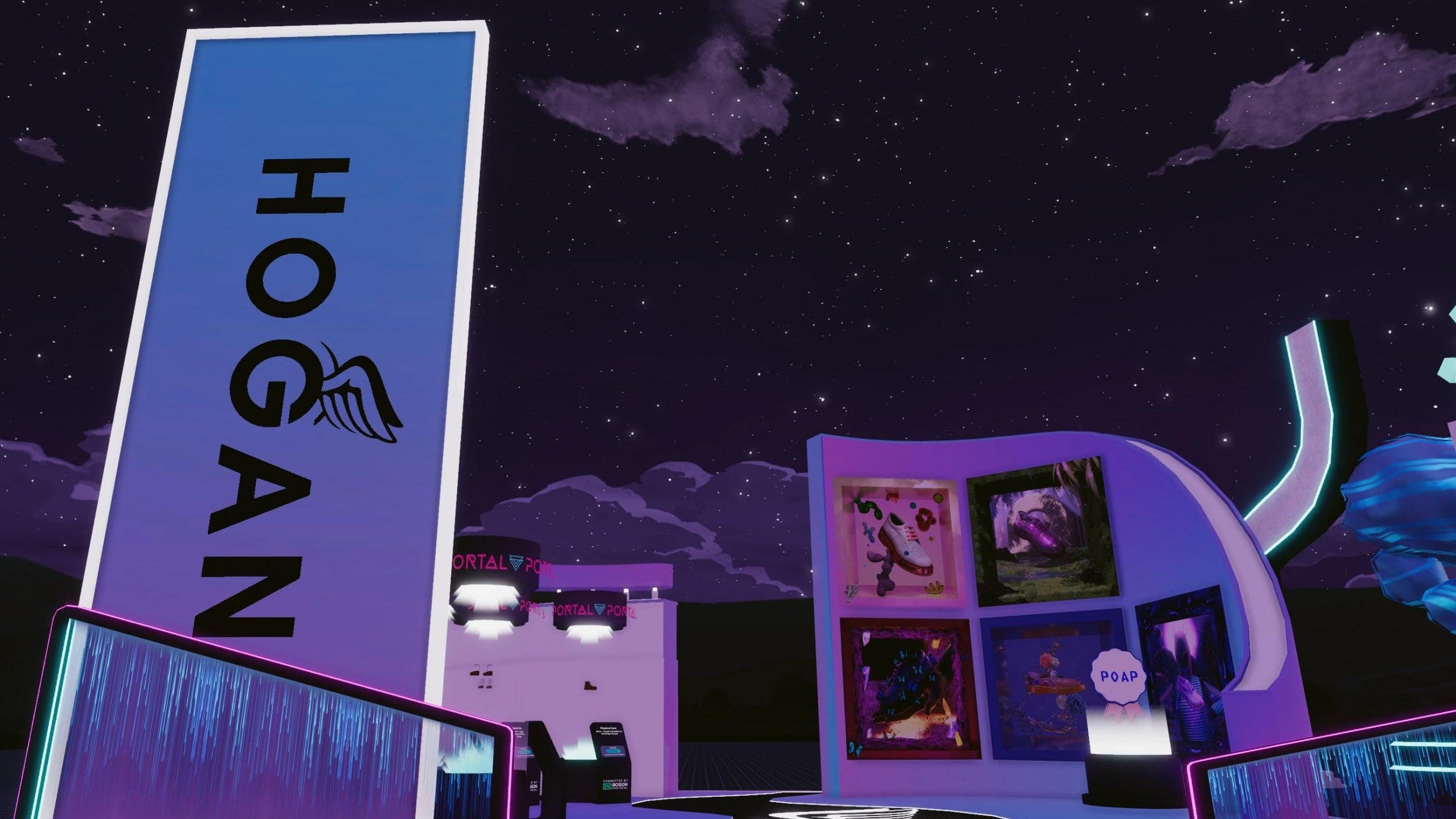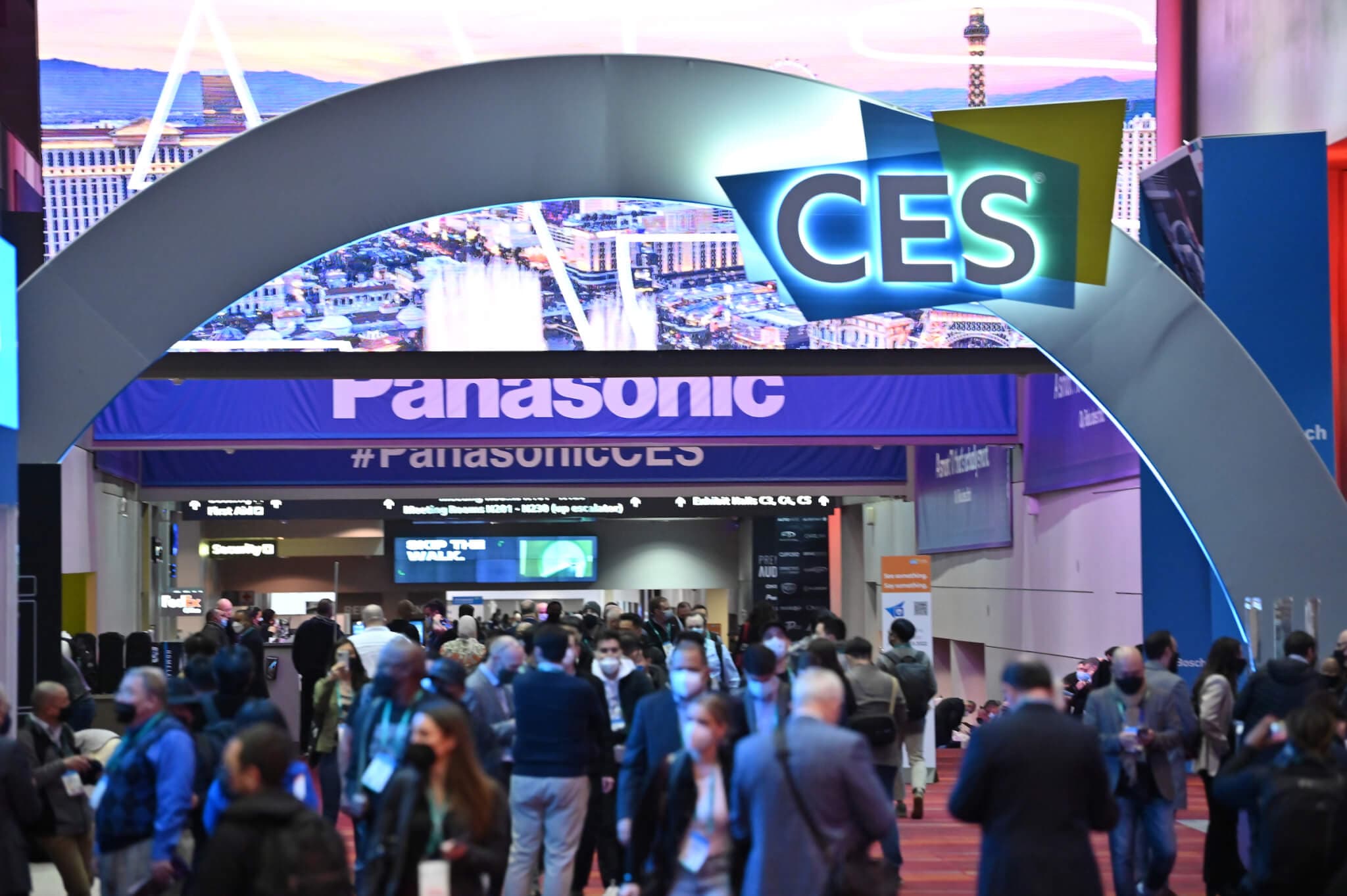Accessibility Tools
PMG Digital Made for Humans
Metaverse Fashion Week Inspires More Brands to Explore Web3 and NFTs
2 MINUTE READ | March 31, 2022
Metaverse Fashion Week Inspires More Brands to Explore Web3 and NFTs
Abby Long
Abby manages PMG's editorial & thought leadership program. As a writer, editor, and marketing communications strategist with nearly a decade of experience, Abby's work in showcasing PMG’s unique expertise through POVs, research reports, and thought leadership regularly informs business strategy and media investments for some of the most iconic brands in the world. Named among the AAF Dallas 32 Under 32, her expertise in advertising, media strategy, and consumer trends has been featured in Ad Age, Business Insider, and Digiday.
Over the weekend, the virtual reality social platform Decentraland hosted the Metaverse Fashion Week (MVFW), a first-of-its-kind digital fashion event featuring virtual runway shows, panel discussions, and immersive NFT drops and shopping experiences. In one of the highest-profile efforts to gather brands around the idea of the metaverse, more than 60 brands and designers participated in the event, including legacy luxury fashion brands Dolce & Gabbana, Tommy Hilfiger, Elie Saab, and Dundas, in addition to digital-native brands like Auroboros. While it’s estimated only a few thousand users entered Decentraland via their avatars, the event offered a glimpse into the web3 future of fashion and immersive global retail experiences.
Similar to IRL fashion events in New York, London, or Paris, Metaverse Fashion Week was hosted at venues throughout several community-run neighborhoods in Decentraland. The most popular included the Luxury Fashion District and Rarible Street, which offered visitors a myriad of fashion houses to tour, catwalk shows to watch, and pop-up immersive experiences to explore. Most of the participating brands made their web3 debut at the event, with each offering a unique take on what’s currently possible for metaverse experiences.
Dolce & Gabbana hosted a literal catwalk event, with cat-faced avatar models to showcase metaverse wearables. After the show, the looks could be found in an exclusive Dolce & Gabbana pop-up, curated in partnership with UNXD, a luxury marketplace for digital fashion. In contrast, fashion house Etro revealed the upcoming real-world Liquid Paisley collection in its first virtual fashion show at MVFW. The collection featured the fashion house’s iconic prints and color palettes across accessories, bags, hats, and shoes. Later, the collection was featured in a pop-up boutique, showcasing the digital versions of Etro’s latest designs.

Brands like Hogan debuted NFT collections at MVFW to offer limited edition physical products as redeemable NFTs, while others, such as Italian designer Giuseppe Zanotti partnered with NFT collective DeadFellaz and fashion marketplace Neuno for a limited-edition run of 1,000 digital wearables of his signature Cobra sneaker. In a conversation with Forbes, luxury designer Nicholas Kirkwood said the metaverse is “very exciting from a creative angle as you’re not limited by gravity and can make materials do really magical things.” Experimenting with events like MVFW “opens up the brand to a whole new audience via the NFT community.”
Across the lineup of brands at MVFW, Estée Lauder was the only beauty brand to participate, promoting a free radiant aura (essentially a sparkle filter that would “hang” around your avatar in Decentraland) that avatars could order via a giant dropper, just like the IRL Estée Lauder Night Repair Serum bottle. While simplistic, the activation was a unique way for a beauty brand to get involved in a digital experience.
Many of the pop-up stores in Decentraland served as digital showcases for physical collections with the ability for users to click through to the brand’s ecommerce website. Temporary spaces were offered free of charge, according to Forbes, but some fashion brands, like Philipp Plein, recently purchased virtual real estate in Decentraland to build galleries and virtual fashion houses for future activations. Dubbed Plein Plaza, Plein’s investment in virtual real estate features a skyscraper and the Museum of NFT Arts (M.O.N.A.) gallery where digital outfits were displayed for users to purchase for their avatars to wear in Decentraland.
Stay in touch
Bringing news to you
Subscribe to our newsletter
By clicking and subscribing, you agree to our Terms of Service and Privacy Policy
For some brands, Metaverse Fashion Week was an opportunity to stretch the limits of creativity and design, allowing luxury physical goods to make their debut in the virtual world as metaverse apparel, though the technical limitations of Decentraland left much to be desired. Across digital showcases, catwalks, and virtual pop-up stores, the lack of sophistication and detail in both digital product design and the experience of the end-user was apparent, and proof it’s still ‘early days’ for web3 experiences. However, while it’s unlikely that fashion shows hosted in the metaverse will replace New York Fashion Week or the runways of Paris or Milan any time soon, Metaverse Fashion Week showed us what’s possible today and offered a front-row seat to what brand experiences may incorporate in the future.


